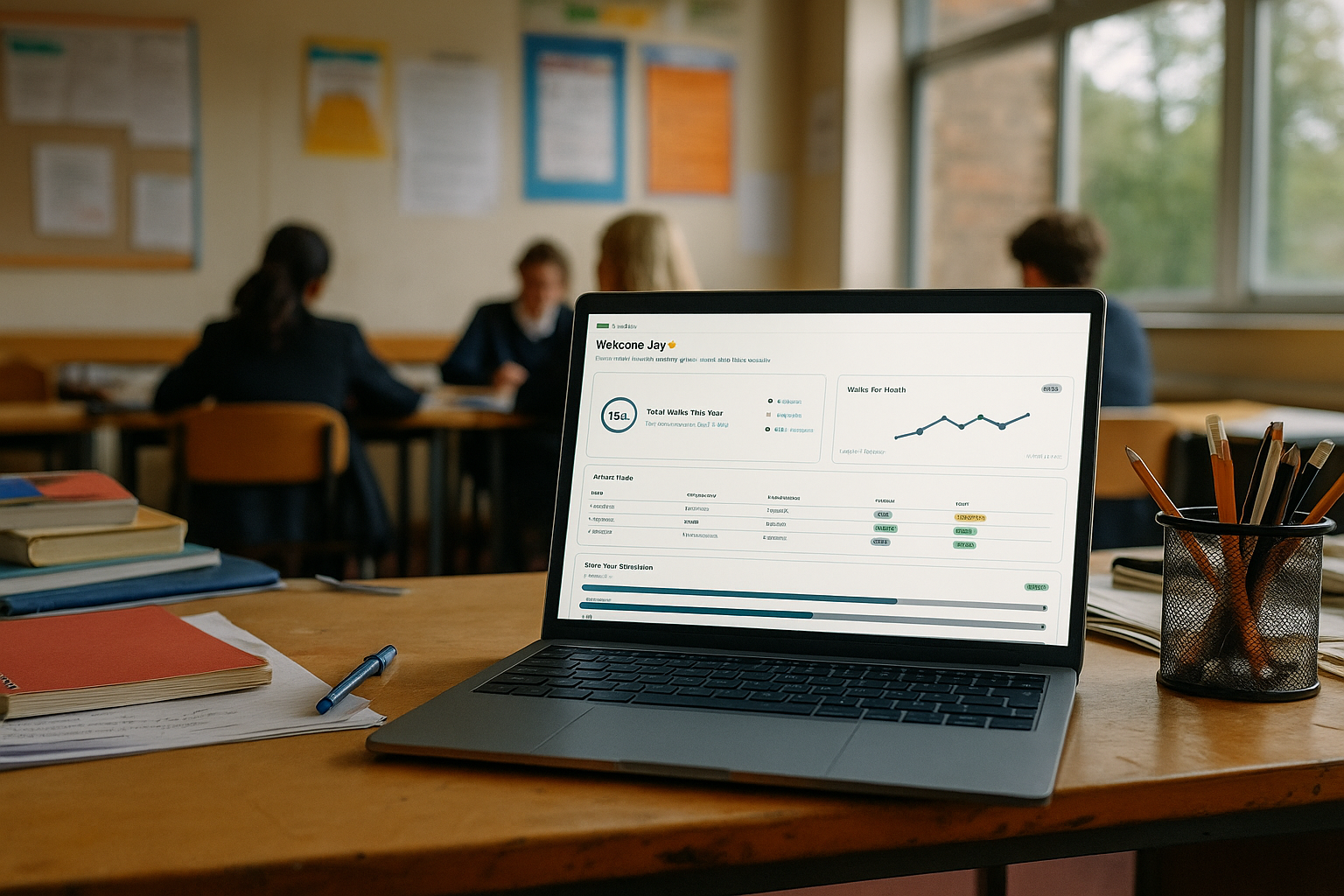Mistakes to Avoid During a Learning Walk
(How to keep trust, purpose, and impact intact)
Learning walks can be one of the most powerful tools for improving teaching and learning. But when they're done badly — or misunderstood — they can do more harm than good.
The line between "supportive insight" and "stealth observation" is thin.
And once it's crossed, it's hard to walk it back.
Here are the most common mistakes — and how to avoid them.
❌ Mistake 1: Turning a Learning Walk into a Lesson Observation
If your learning walk starts to look like a formal observation — note-taking on individuals, standing at the back of the room silently scribbling — staff will treat it like one.
🧭 Solution:
Keep it short (5–10 minutes), focused on the theme, and record observations about learning, not about staff performance.
❌ Mistake 2: Using Walks for Performance Management by Stealth
Learning walks should never be used to collect evidence for appraisal, capability, or HR investigations. Even the perception that this might be happening will destroy trust.
🧭 Solution:
Make it clear in policy and practice: learning walks are about systems and trends — not individual evaluation.
❌ Mistake 3: Inconsistent Approaches Between Observers
One leader pops in and chats to pupils. Another stands silently and stares. A third gives feedback on the spot. This lack of consistency leads to confusion, anxiety, and flawed data.
🧭 Solution:
Train all observers. Use a shared template. Clarify expectations. Better still — walk in pairs and debrief together.
❌ Mistake 4: Poor Communication About Purpose
If staff don't know why the walk is happening, what the focus is, or what will happen next, they'll fill in the gaps themselves — often with worst-case assumptions.
🧭 Solution:
Be upfront. Tell staff what the walk is about and what it's not. Share findings later — not just the process, but the outcomes.
❌ Mistake 5: No Follow-Up After the Walk
If the walk happens… and nothing changes… then what was the point?
🧭 Solution:
Use walk findings to spark:
- CPD sessions
- Coaching conversations
- Middle leader discussions
- Resource tweaks
- Celebration of good practice
Even a short "What we saw and what we're doing about it" message can go a long way.
Final Word
A good learning walk builds trust, insight, and improvement.
A bad one breeds fear, confusion, and resistance.
So walk with purpose. Talk with clarity. And lead with professionalism.
Avoid the common pitfalls — and your learning walks will become a genuine driver of growth across your school or trust.
Ready to improve?
Join our pilot program and discover how our platform can transform your approach to learning walks.
Think you’re a Learning Walks expert?
Take our interactive 10-question quiz to see how your understanding stacks up. Get instant feedback — and a celebration if you ace it!
Ready to transform your learning walks?
Our platform helps you capture meaningful data, generate insights, and drive school improvement—without the administrative burden.
